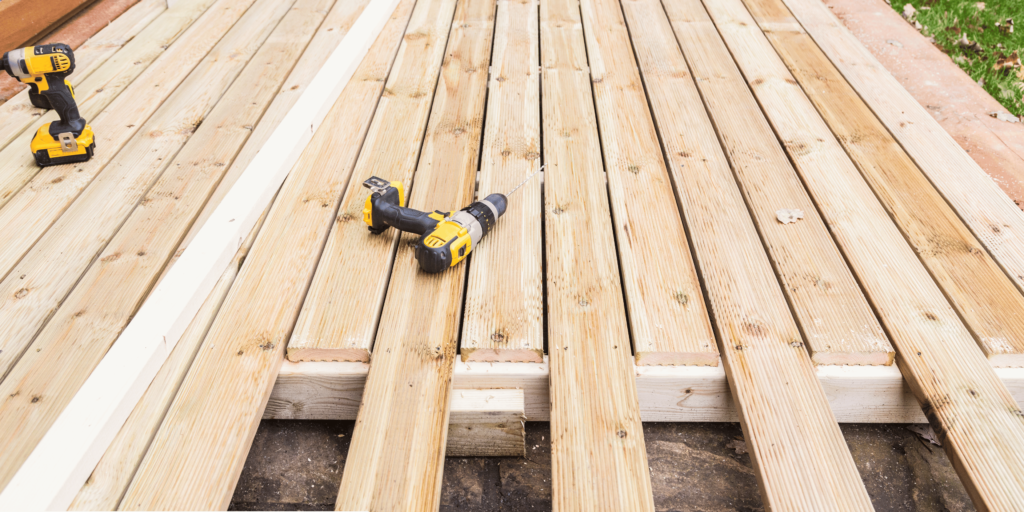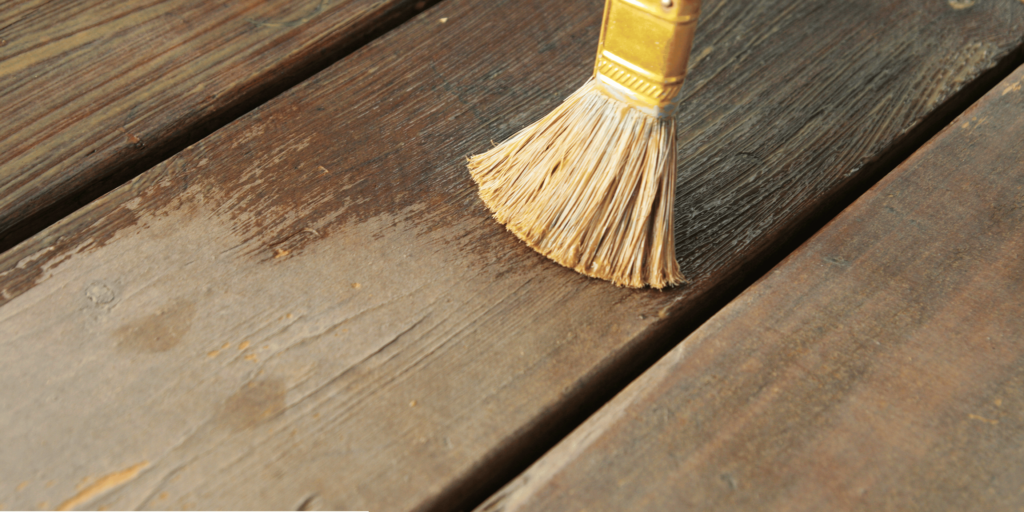Constructing or remodeling a deck is one of the more effective ways of improving the aesthetic appeal and utility of the landscape for outdoor living. When choosing the type of material for decks, exotic woods deserve to be used as they are beautiful, hardwearing, and unique. There are many things that need to be considered when selecting an appropriate exotic wood decking. They include look or appearance, cost, maintenance requirement, and environmental impact. In this guide, you will learn the basic procedures and facts about purchasing suitable exotic wood decking for your dream deck.
Assess Your Priorities
Before studying a specific type of exotic wood in detail, consider a few aspects to choose the most suitable one for your new decking.

Key priorities may include:
Aesthetics: Beautiful hues, contrasting and snazzy grains, the ‘bling bling’ factor
Budget: In this case, the initial cost of stock is relatively high compared to the cost of acquiring goods throughout the entire usage cycle.
Durability: against weathering, water, foot trafficky
Eco-Friendliness: woods which are certified by the Forest Stewardship Council
Functional Requirements:
Cleaning and Sealing Effort: How easy is it to clean the tiles and seal the cracks in the walls
Repair Effort: How much effort it takes to repair damaged tiles or cracks?
Consider your first choice when it comes to the priority of features you want your representative to have. This will assist in filtering the numerous types of exotic wood available in the market.
Compare Exotic Wood Types
After identifying your priorities, search for the potential exotic wood choices for the deck.
Here are five top options to consider:
Ipe is very hardy compared to other types of timber, and it is highly scratch—and stain-resistant. It is a rich brown/black colour. It is expensive but long-lasting.
Cumaru is faded orange and red tones with a hint of brown. It withstands weather exceptionally well. It is solid and tough, just like Ipe.
Tigerwood has a unique golden brown pattern of tiger stripes. It is the oldest living wood and is resistant to both rot and insects. It stains easily.
Massaranduba is very durable and stable. It should also be noted that over the course of years, the chocolate brown colour can change to a reddish hue.
When young, garapa is pale yellow and straw-like. It gracefully grays. It is excellent at decay and termite resistance and is an affordable option.
Evaluate Maintenance Needs
One of the issues that set exotic woods apart from others is that they have some maintenance needs.
Consider:
Ipe and cumaru are very durable, which means they require very little maintenance other than sweeping or washing off at times. Unlike Ipe, Tigerwood and garapa do not contain protective oils that keep off UV damage and, thus, will need resealing/staining more often to maintain the vibrant colors.
All exotic woods, if left untreated, will turn a silvery grey due to the effects of the sun when used outdoors. Some find joy in this, while others would want to preserve a wood’s natural hues and shades.

Inspect Samples In Person
Descriptions, photos, and samples can help to begin the evaluation. Still, there is no way to substitute the first-hand experience of looking at exotic wood decking. Comparing the graining, color differences and the overall appearance of the finished products in the two types of oak, there are huge differences. Go through local deck contractors or specialty lumber stores that display stock in their stores. Select several boards and position them next to each other in natural and artificial illumination to compare. Step on the samples occasionally to experience the grip and roughness of the ground.
Ask About Sourcing
Remember, while specifying the exotic wood, enquire whether the supplier understands the concept of responsible sourcing. Although exotic woods provide superior performance and aesthetics, few have controversies regarding unsustainable harvesting, which can sometimes lead to habitat loss. Most exotic wood plantation companies provide deck materials through sustainable forest management systems and practices. Any boards that you intend to buy, especially from reputable dealers, should be accompanied by legal and sustainable harvesting documents.
Consider Costs Over Time
Compared with cedar or pressure-treated pine, for example, exotic woods usually start at a higher price per board foot, which many customers find shocking. Nonetheless, exotic woods incorporate the best and most long-lasting deck surfaces that may go up to 40+ years without requiring severe treatment. What this entails is that you will not have to incur the hefty expenses of having to replace decks regularly in the future. Do a rough cost-benefit analysis of the exotic woods and come up with a value that incorporates total costs over the product’s life cycle.
Conclusion
To accomplish the dream of a space with a deck, it is essential to identify an exotic wood material that meets the functional requirements while at the same time aligning with the individual’s vision. So, never lose sight of the overall goals your strategy should address and the future expenses you will likely incur while selecting the best plan. It goes without saying that wood samples can be compared more effectively face-to-face because it is easier to highlight differences. Any reputable supplier will have sustainably harvested boards to produce boards that can last for decades with such beauty preserved. Having exotic wood for decking means that you will have an exquisite view of your desired outdoor living space for many years.